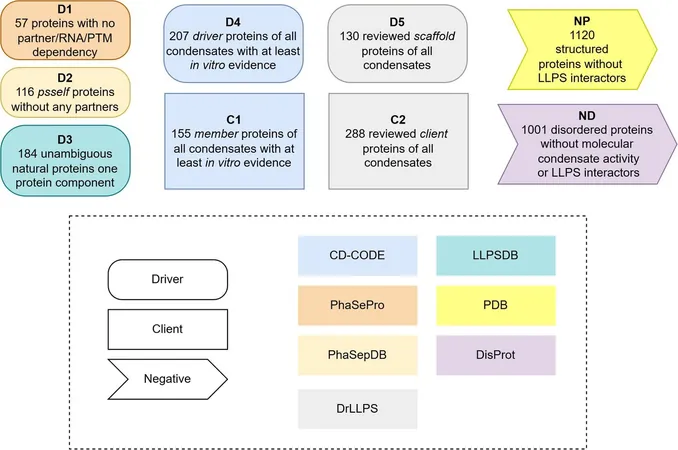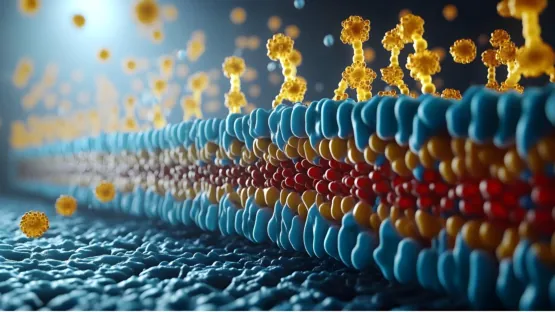
Breakthrough in Advanced Melanoma Treatment: Niraparib Shows Promise
2025-05-21
Author: Arjun
Hope on the Horizon for Melanoma Patients
Exciting news from San Francisco! Researchers at Sutter's California Pacific Medical Center have unveiled early evidence that niraparib, a novel PARP inhibitor, may be a game-changer for patients battling advanced melanoma with specific genetic mutations that hinder DNA repair.
Trial Overview and Findings
Led by the esteemed Dr. Kevin Kim and Dr. Mohammed Kashani-Sabet, a phase II trial tested niraparib on patients whose melanoma had progressed after conventional treatments, including immunotherapy and targeted BRAF/MEK therapies. Presenting at the 2024 ESMO Congress, the results were published in JCO Precision Oncology, illuminating a bright path forward.
An Urgent Need for New Treatments
While the FDA has approved tumor-infiltrating lymphocyte therapy for melanoma patients with specific conditions, many still face the harsh reality of treatment failure. Dr. Kim emphasizes the dire need for innovative therapies, stating, "Our goal is to advance this research to help guide and inform the care of patients who have limited therapeutic options."
The Science Behind Niraparib
For cancer cells burdened with DNA damage, PARP inhibitors like niraparib can push them over the edge. When cancer cells already struggle to repair DNA due to homologous recombination (HR) pathway mutations, niraparib further prevents any attempts at repair, leading to cell death.
Promising Results in a Small Sample
Of the 14 patients studied, 2 experienced confirmed responses (14%), and an impressive 7 showed stable disease for at least 16 weeks, resulting in a 64% disease control rate. Notably, in a subgroup of 10 patients with non-uveal melanoma, the response rate soared to 20%, with a 70% control rate!
Tracking Treatment Response with ctDNA
In an innovative twist, the trial monitored circulating tumor DNA (ctDNA) to observe genetic changes in patients over time. Remarkably, one patient saw a mutation in the ARID1A gene vanish as their tumor shrank, hinting that ctDNA may be a powerful biomarker for treatment efficacy.
Looking Ahead: Future Trials on the Horizon
Building on these promising results, researchers plan to launch another phase II trial by April 2025, exploring the combination of PARP inhibitors like olaparib with immunotherapy to drive better outcomes for genetically at-risk melanoma patients.
A Call for Innovation and Exploration
Dr. Kim states, "Early results suggest that biopsies and DNA sequencing are crucial steps toward discovery, innovation, and the advancement of effective melanoma treatment." Buckle up—this could be just the beginning of a revolutionary approach in cancer therapy!


 Brasil (PT)
Brasil (PT)
 Canada (EN)
Canada (EN)
 Chile (ES)
Chile (ES)
 Česko (CS)
Česko (CS)
 대한민국 (KO)
대한민국 (KO)
 España (ES)
España (ES)
 France (FR)
France (FR)
 Hong Kong (EN)
Hong Kong (EN)
 Italia (IT)
Italia (IT)
 日本 (JA)
日本 (JA)
 Magyarország (HU)
Magyarország (HU)
 Norge (NO)
Norge (NO)
 Polska (PL)
Polska (PL)
 Schweiz (DE)
Schweiz (DE)
 Singapore (EN)
Singapore (EN)
 Sverige (SV)
Sverige (SV)
 Suomi (FI)
Suomi (FI)
 Türkiye (TR)
Türkiye (TR)
 الإمارات العربية المتحدة (AR)
الإمارات العربية المتحدة (AR)